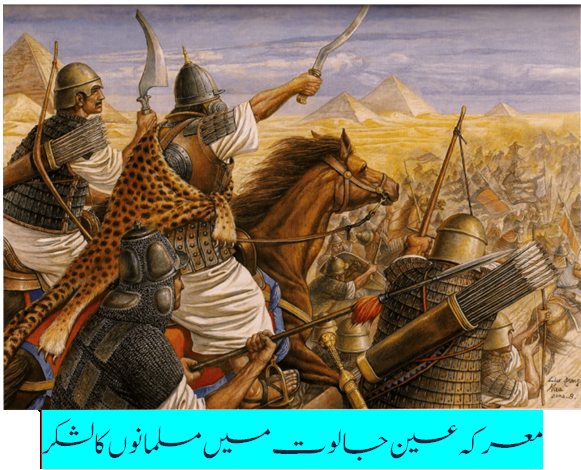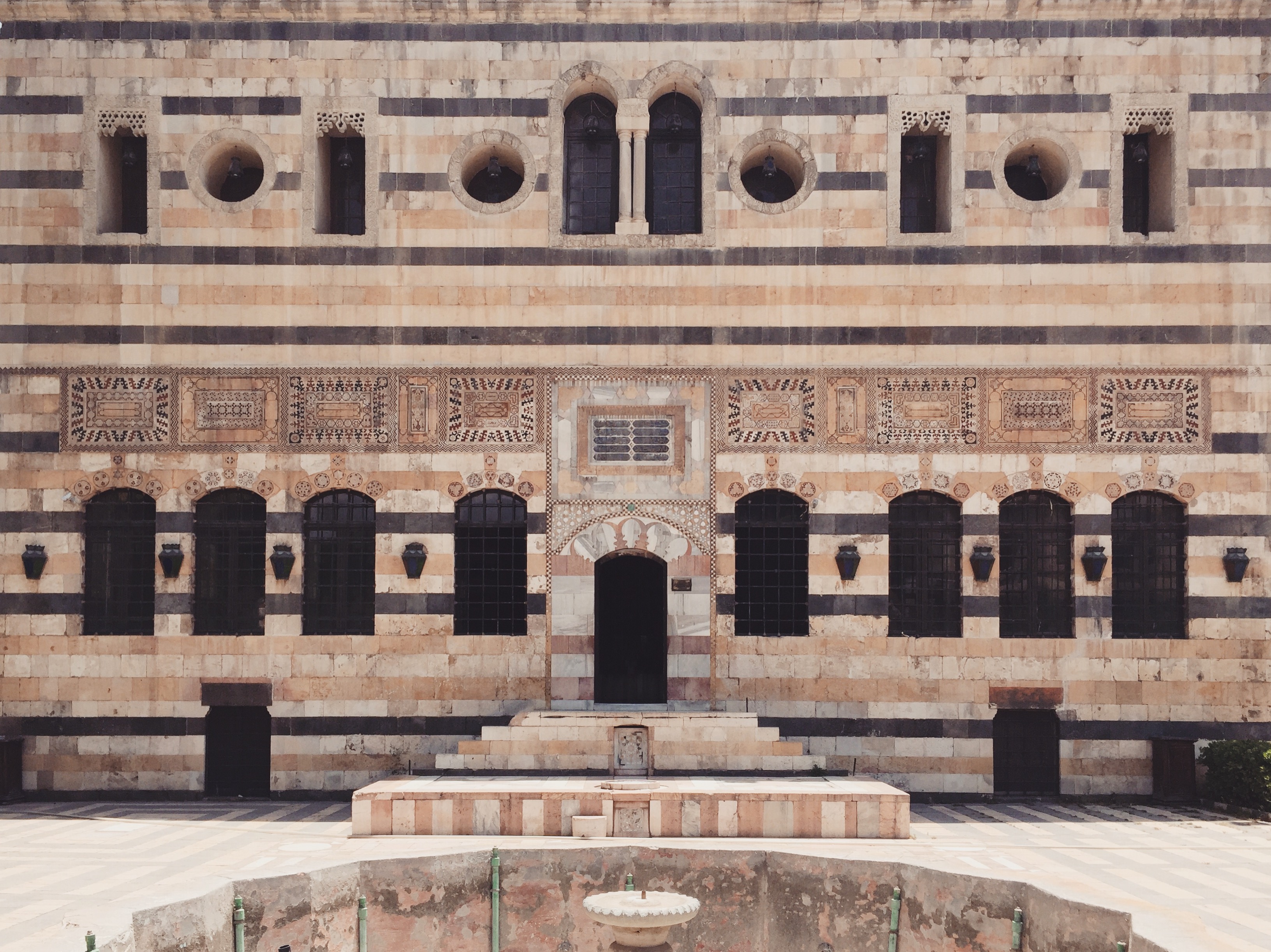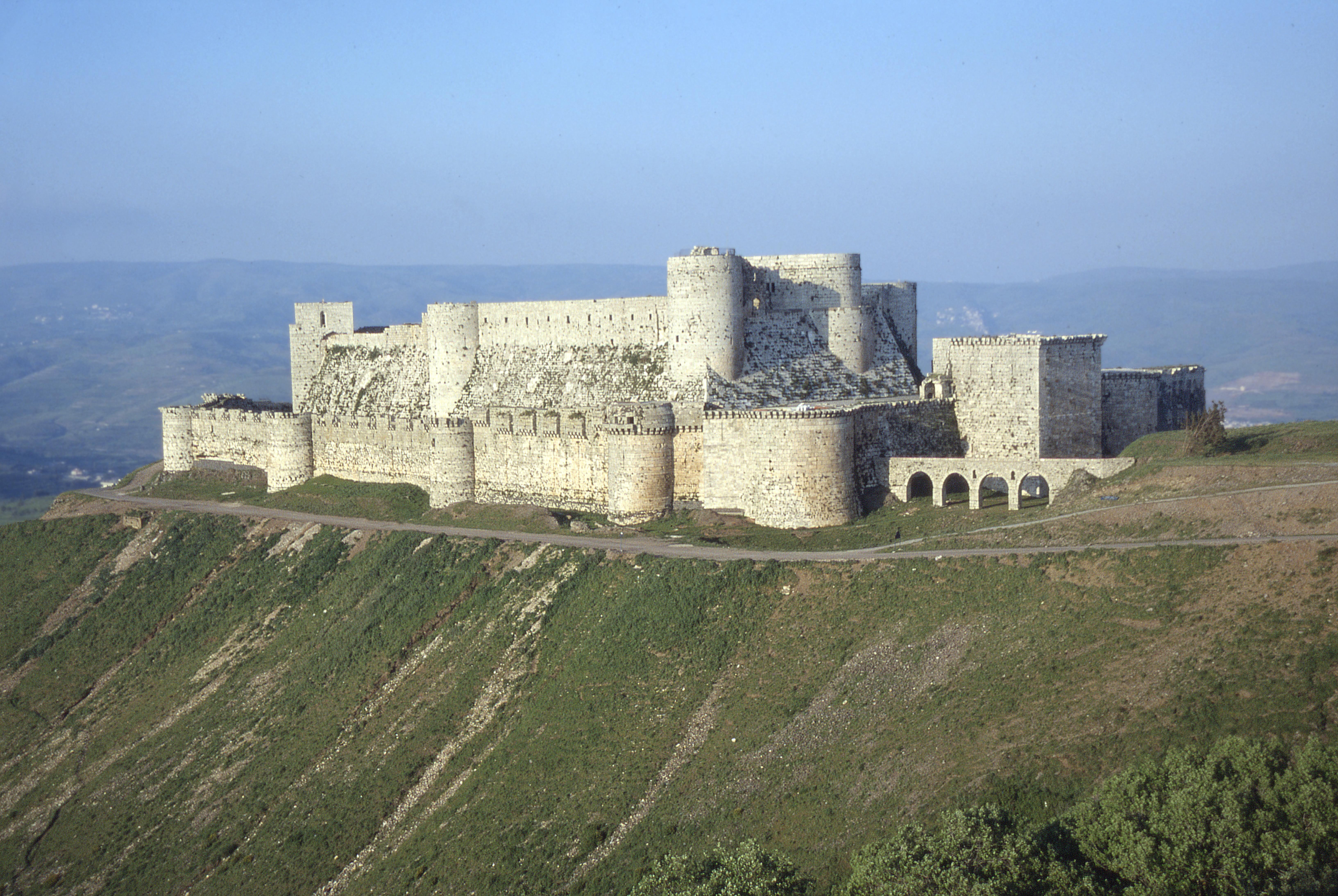|
Az-Zahiriyah Library
The Zahiriyya Library ( ar, مكتبة الظاهرية, Maktaba al-Ẓāhirīyya), also known as the Madrasa al-Zahiriyya ( ar, مَدْرَسَة الظَّاهِرِيَّة, Madrasah aẓ-Ẓāhirīyah), is an Islamic library, madrasa, and mausoleum in Damascus, Syria. It was established in 1277, taking its name from the Mamluk sultan Baybars al-Zahir (), who is buried in this place. The funerary complex of al-Zahir Baybars Background: Sultan al-Zahir Baybars Sultan Al-Zahir Baybars, also known as Rukn Uddin Baybrus (full name: ''al-Malik al-Zahir Rukn al-Din Baibars al-Bunduqdari'') was a political and military leader of major historical importance. He played an important role in the establishment of a new mamluk-based regime in Cairo that would rule Egypt and Syria for a long period known as the Mamluk Sultanate (1250-1517). After playing a central role in repelling the Mongol advance at the Battle of Ain Jalut in 1260 (often cited as a turning point in history) he r ... [...More Info...] [...Related Items...] OR: [Wikipedia] [Google] [Baidu] |
Damascus
)), is an adjective which means "spacious". , motto = , image_flag = Flag of Damascus.svg , image_seal = Emblem of Damascus.svg , seal_type = Seal , map_caption = , pushpin_map = Syria#Mediterranean east#Arab world#Asia , pushpin_label_position = right , pushpin_mapsize = , pushpin_map_caption = Location of Damascus within Syria , pushpin_relief = 1 , coordinates = , subdivision_type = Country , subdivision_name = , subdivision_type1 = Governorate , subdivision_name1 = Damascus Governorate, Capital City , government_footnotes = , government_type = , leader_title = Governor , leader_name = Mohammad Tariq Kreishati , parts_type = Municipalities , parts = 16 , established_title = , established_date ... [...More Info...] [...Related Items...] OR: [Wikipedia] [Google] [Baidu] |
Battle Of Ain Jalut
The Battle of Ain Jalut (), also spelled Ayn Jalut, was fought between the Bahri Mamluks of Egypt and the Mongol Empire on 3 September 1260 (25 Ramadan 658 AH) in southeastern Galilee in the Jezreel Valley near what is known today as the Spring of Harod (). The battle marked the height of the extent of Mongol conquests, and was the first time a Mongol advance was permanently beaten back in direct combat on the battlefield. Continuing the westward expansion of the Mongol Empire, the armies of Hulagu Khan captured and sacked Baghdad in 1258, along with the Ayyubid capital of Damascus sometime later. Hulagu sent envoys to Cairo demanding Qutuz surrender Egypt, to which Qutuz responded by killing the envoys and displaying their heads on the Bab Zuweila gate of Cairo. Shortly after this, Möngke Khan was slain in battle against the Southern Song. Hulagu returned to Mongolia with the bulk of his army to attend the kurultai in accordance with Mongol customs, leaving approxim ... [...More Info...] [...Related Items...] OR: [Wikipedia] [Google] [Baidu] |
Al-Adiliyah Madrasa
Al-Adiliyah Madrasa () is a 13th-century madrasah located in Damascus, Syria.Al-Adiliyah Madrasa Archnet Digital Library. Modern day In 1919 CE, the National Museum was assembled inside this school. It holds now the Arabic Language Academy in Damascus./ref> See also * * |
Emir
Emir (; ar, أمير ' ), sometimes transliterated amir, amier, or ameer, is a word of Arabic origin that can refer to a male monarch, aristocrat, holder of high-ranking military or political office, or other person possessing actual or ceremonial authority. The title has a long history of use in the Arab World, East Africa, West Africa, Central Asia, and the Indian subcontinent. In the modern era, when used as a formal monarchical title, it is roughly synonymous with "prince", applicable both to a son of a hereditary monarch, and to a reigning monarch of a sovereign principality, namely an emirate. The feminine form is emira ( '), a cognate for "princess". Prior to its use as a monarchical title, the term "emir" was historically used to denote a "commander", "general", or "leader" (for example, Amir al-Mu'min). In contemporary usage, "emir" is also sometimes used as either an honorary or formal title for the head of an Islamic, or Arab (regardless of religion) organisation ... [...More Info...] [...Related Items...] OR: [Wikipedia] [Google] [Baidu] |
Mausoleum Of Saladin
The Mausoleum of Saladin holds the resting place and grave of the medieval Muslim Ayyubid Sultan Saladin. It is adjacent to the Umayyad Mosque in Damascus, Syria. It was built in 1196, three years after the death of Saladin. In addition to the tomb, the tomb complex included Madrassah al-Aziziah, of which little remains, except a few columns and an internal arch adjacent to the renovated tomb. The mausoleum presently houses two sarcophagi: one made of wood, said to contain Saladin's remains, and one made of marble, was built in homage to Saladin in late nineteenth century by Ottoman Sultan Abdulhamid II and was later restored by German emperor Wilhelm II. Along with a marble sarcophagus, a golden ornate gilt bronze wreath was also put on the marble sarcophagus, which was later removed by either Faisal I or Lawrence of Arabia, who later deposited it in the Imperial War Museum. Gallery File:Damascus-53.jpg, c. 1900: the marble sarcophagus built by Ottoman Sultan Abdulhamid II ... [...More Info...] [...Related Items...] OR: [Wikipedia] [Google] [Baidu] |
Ayyubid Dynasty
The Ayyubid dynasty ( ar, الأيوبيون '; ) was the founding dynasty of the medieval Sultan of Egypt, Sultanate of Egypt established by Saladin in 1171, following his abolition of the Fatimid Caliphate, Fatimid Caliphate of Egypt. A Sunni Muslim of Kurds, Kurdish origin, Saladin had originally served Nur ad-Din (died 1174), Nur ad-Din of Syria, leading Nur ad-Din's army in battle against the Crusaders in Fatimid Egypt, where he was made Vizier. Following Nur ad-Din's death, Saladin was proclaimed as the first Sultan of Egypt, and rapidly expanded the new sultanate beyond the frontiers of Egypt to encompass most of the Levant (including the former territories of Nur ad-Din), in addition to Hijaz, Yemen, northern Nubia, Tripolitania, Tarabulus, Cyrenaica, southern Anatolia, and northern Iraq, the homeland of his Kurdish family. By virtue of his sultanate including Hijaz, the location of the Islamic holy cities of Mecca and Medina, he was the first ruler to be hailed as the Cus ... [...More Info...] [...Related Items...] OR: [Wikipedia] [Google] [Baidu] |
Darayya
Darayya ( ar, دَارَيَّا, Dārayyā) is a suburb of Damascus in Syria, the centre of Darayya lying south-west of the centre of Damascus. Administratively it belongs to Rif Dimashq. History and population Darayya is one of the oldest cities in Syria, reportedly the place where Paul the Apostle had his Religious conversion, conversion (30s AD), "on Damascus road". In 1838, Eli Smith noted ''Daraya'' as being located in the ''Wady el-'Ajam'', and being populated by Sunni Muslims and Christians. Patriarch Gregory III Laham, the former leader of the Melkite Greek Catholic Church was born here on 15 December 1933 as ''Lutfy Laham''. The city had a population of 131,501 , making it the 19th largest city per geographical entity in Syria. [...More Info...] [...Related Items...] OR: [Wikipedia] [Google] [Baidu] |
Al-Malik Al-Said Nasir Al-Din Barakah
Al-Said Barakah (1260–1280; original name: Muhammed Barakah Qan ( ar, محمد بركة قان), royal name: al-Malik al-Said Nasir al-Din Barakah () was a Mamluk Sultan who ruled from 1277 to 1279 after the death of his father Baibars. His mother was a daughter of Barka Khan, aformer Khwarazmian emir. Barakah was born in Cairo. His succession went smoothly, and al-Said set about limiting the power of the emirs from his father's administration. One, his father's viceroy, died under suspicious circumstances. Others were jailed and then released. In their place, al-Said promoted his own mamluks. He also sent Qalawun and Baysari, two of the most powerful emirs, to raid Cilician Armenia and Qal'at al-Rum in 1279, as a way of keeping them busy and away from the seat of power. Each had 10,000 troops. Al-Said's plan was to have both of them arrested on their return, but another amir, Kuvenduk, warned them of the plan, and when they returned, al-Said was forced to abdicate. His ... [...More Info...] [...Related Items...] OR: [Wikipedia] [Google] [Baidu] |
Citadel Of Damascus
The Citadel of Damascus ( ar, قلعة دمشق, Qalʿat Dimašq) is a large medieval fortified palace and citadel in Damascus, Syria. It is part of the Ancient City of Damascus, which was listed as a UNESCO World Heritage Site in 1979. The location of the current citadel was first fortified in 1076 by the Turkman warlord Atsiz bin Uvak, although it is possible but not proven that a citadel stood on this place in the Hellenistic and Roman periods. After the assassination of Atsiz bin Uvak, the project was finished by the Seljuq ruler Tutush I. The emirs of the subsequent Burid and Zengid dynasties carried out modifications and added new structures to it. During this period, the citadel and the city were besieged several times by Crusader and Muslim armies. In 1174, the citadel was captured by Saladin, the Ayyubid sultan of Egypt, who made it his residence and had the defences and residential buildings modified. Saladin's brother Al-Adil rebuilt the citadel completely between ... [...More Info...] [...Related Items...] OR: [Wikipedia] [Google] [Baidu] |
Ablaq
Ablaq ( ar, أبلق; particolored; literally 'piebald') is an architectural technique involving alternating or fluctuating rows of light and dark stone. Records trace the beginnings of this type of masonry technique to the southern parts of Syria. It is associated as an Arabic term, especially as related to Arabic Islamic architectural decoration. The first recorded use of the term ''ablaq'' pertained to repairs of the Great Mosque of Damascus in 1109, but the technique itself was used much earlier. Technique This technique is a feature of Islamic architecture. The ablaq decorative technique is thought to maybe be a derivative from the ancient Byzantine Empire, whose architecture used alternate sequential runs of light colored ashlar stone and darker colored orange brick. The first known use of the term ablaq in building techniques is in masonry work in reconstruction improvements to the walls of the Umayyad Mosque of Damascus. According to records, these reconstruction ma ... [...More Info...] [...Related Items...] OR: [Wikipedia] [Google] [Baidu] |
Krak Des Chevaliers
Krak des Chevaliers, ar, قلعة الحصن, Qalʿat al-Ḥiṣn also called Hisn al-Akrad ( ar, حصن الأكراد, Ḥiṣn al-Akrād, rtl=yes, ) and formerly Crac de l'Ospital; Krak des Chevaliers or Crac des Chevaliers (), is a medieval castle in Syria and one of the most important preserved medieval castles in the world. The site was first inhabited in the 11th century by Kurds, Kurdish troops garrisoned there by the Mirdasid dynasty, Mirdasids. In 1142 it was given by Raymond II of Tripoli, Raymond II, County of Tripoli, Count of Tripoli, to the order of the Knights Hospitaller. It remained in their possession until it fell in 1271. The Hospitallers began rebuilding the castle in the 1140s and were finished by 1170 when an earthquake damaged the castle. The order controlled a number of castles along the border of the County of Tripoli, a Crusader state, state founded after the First Crusade. Krak des Chevaliers was among the most important, and acted as a center ... [...More Info...] [...Related Items...] OR: [Wikipedia] [Google] [Baidu] |
Antioch
Antioch on the Orontes (; grc-gre, Ἀντιόχεια ἡ ἐπὶ Ὀρόντου, ''Antiókheia hē epì Oróntou'', Learned ; also Syrian Antioch) grc-koi, Ἀντιόχεια ἡ ἐπὶ Ὀρόντου; or Ἀντιόχεια ἡ ἐπὶ Δάφνῃ "Antioch on Daphne"; or "Antioch the Great"; la, Antiochia ad Orontem; hy, Անտիոք ''Antiokʽ''; syr, ܐܢܛܝܘܟܝܐ ''Anṭiokya''; he, אנטיוכיה, ''Anṭiyokhya''; ar, أنطاكية, ''Anṭākiya''; fa, انطاکیه; tr, Antakya. was a Hellenistic, and later, a Biblical Christian city, founded by Seleucus I Nicator in 300 BC. This city served as the capital of the Seleucid Empire and later as regional capital to both the Roman and Byzantine Empire. During the Crusades, Antioch served as the capital of the Principality of Antioch, one of four Crusader states that were founded in the Levant. Its inhabitants were known as ''Antiochenes''; the city's ruin lies on the Orontes River, near Antakya, the ... [...More Info...] [...Related Items...] OR: [Wikipedia] [Google] [Baidu] |
.jpg)


.jpg)




